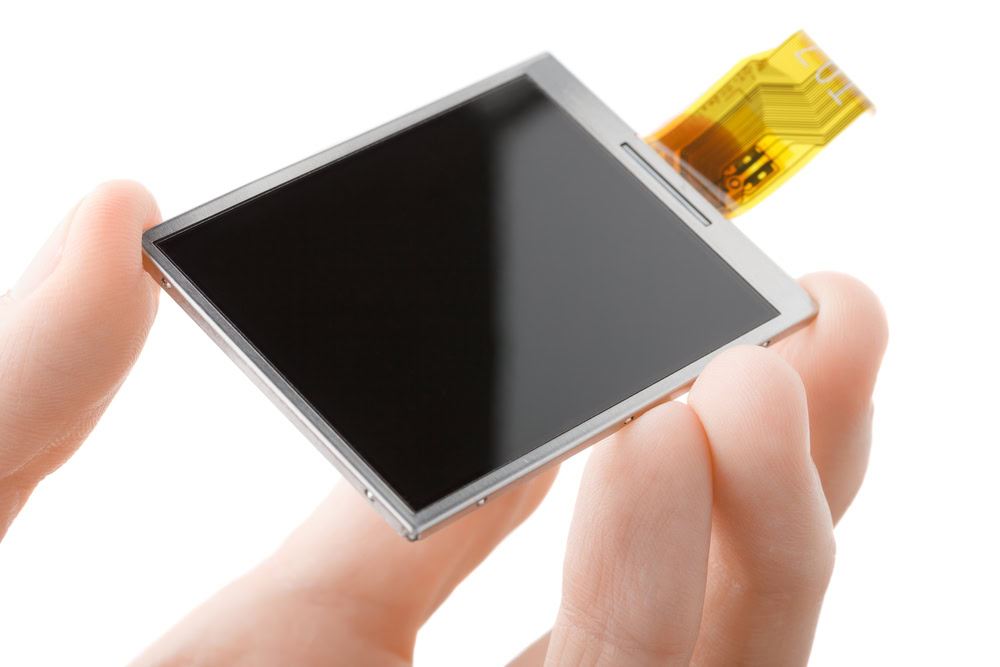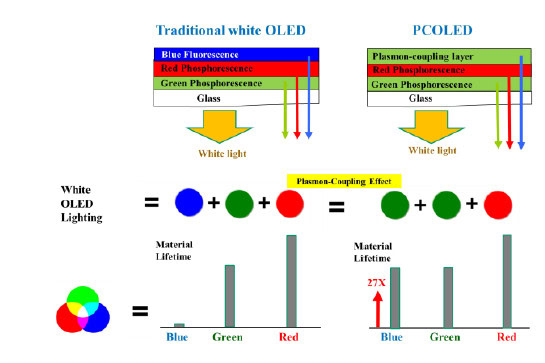Affiliate links on Android Authority may earn us a commission. Learn more.
Watch out OLED here comes PCOLED!
Published onNovember 26, 2015

RGB OLED may form the basis of a number of high end TV and smartphone displays, including new flexible designs, but the technology could one day be replaced by an improved Plasmon-Coupled Organic Light Emitting Diode (PCOLED) architecture. Taiwan-based ITRI has announced development of its PCOLED design, which could boost the lifetime of displays by up to 27 times.
PCOLD replaces the traditional red, green and blue phosphorescent color layers used to produce white light with a red, green and green plasmon-coupling phosphorescent design, complete with a double metal structure. This is still able to produce very similar while light as the traditional RBG design, but has major benefits when it comes to display life time.

The weak link in a display’s lifetime is usually the blue fluorescent layer, which has a substantially reduced lifetime compared with different colored layers. When display quality begins to decrease due to age, it’s usually the blue pixels to blame. By replacing the blue fluorescent layer with a green phosphorescent layer, the white light can still be produced but with the green layer now dictating the minimum material life time. This could be up to 27 times longer than before.
Dr. Ming-Shan Jeng offers an explanation as to how this works:
“In the green phosphorescent material, there is actually a blue emission band in addition to the green one, but it is very weak. With the double metal structure, we actually generate more plasmons and shift the probability for emission from the green to the blue band.”
Apparently, the discovery was made by accident while conducting another experiment. Since then, the ITRI has developed two display samples at 10×10 and 15×15 cm sizes and is currently looking for commercial partners as it continues to develop the technology. ITRI is already working with WiseChip to begin production of a PCOLED structure on a passive matrix OLED line. That said, we are still at least 1-2 years away from the announcement of any PCOLED based products.